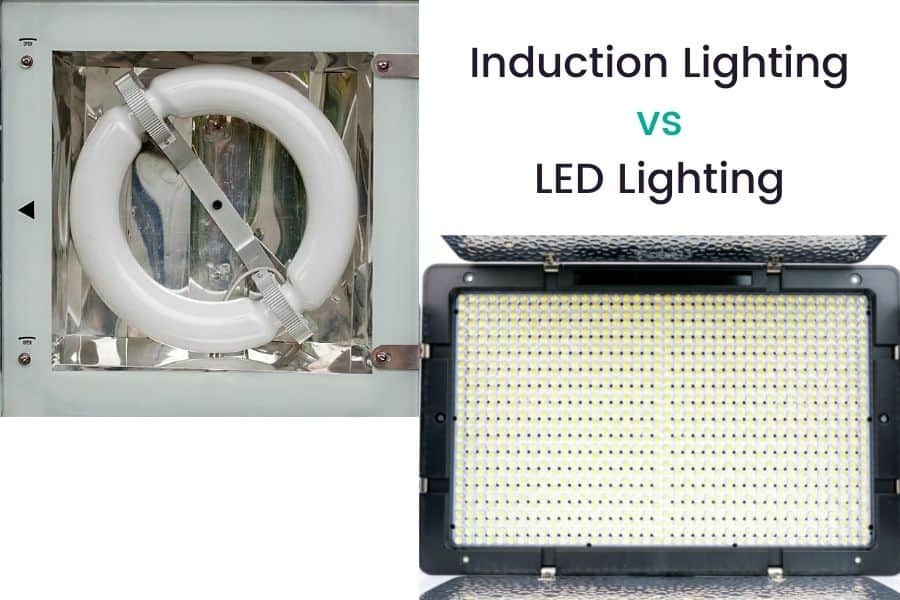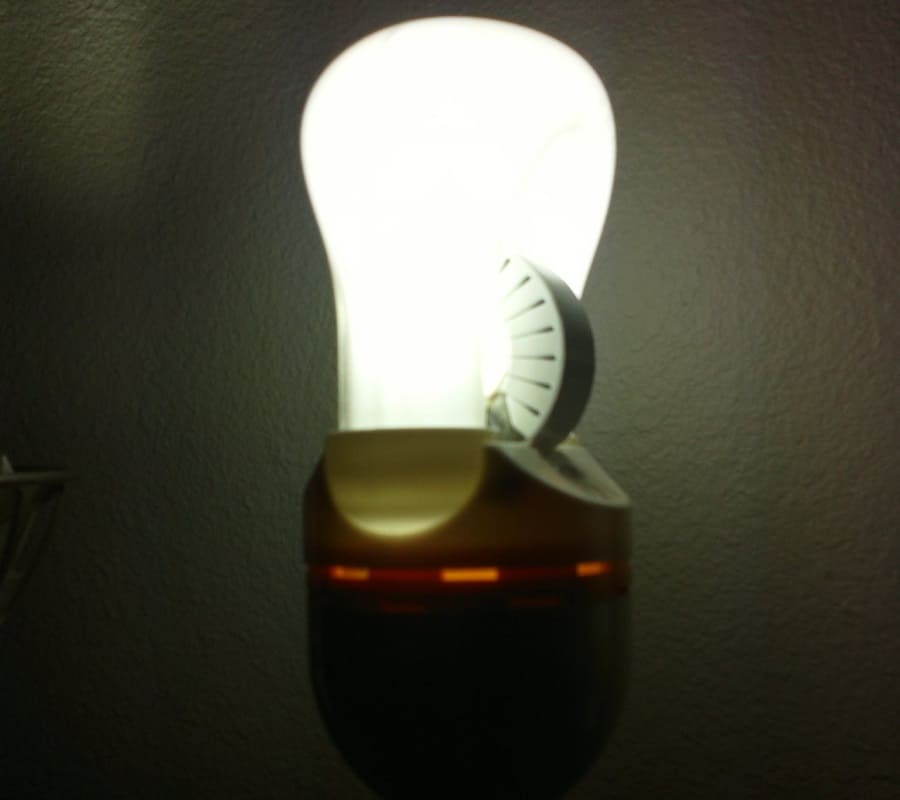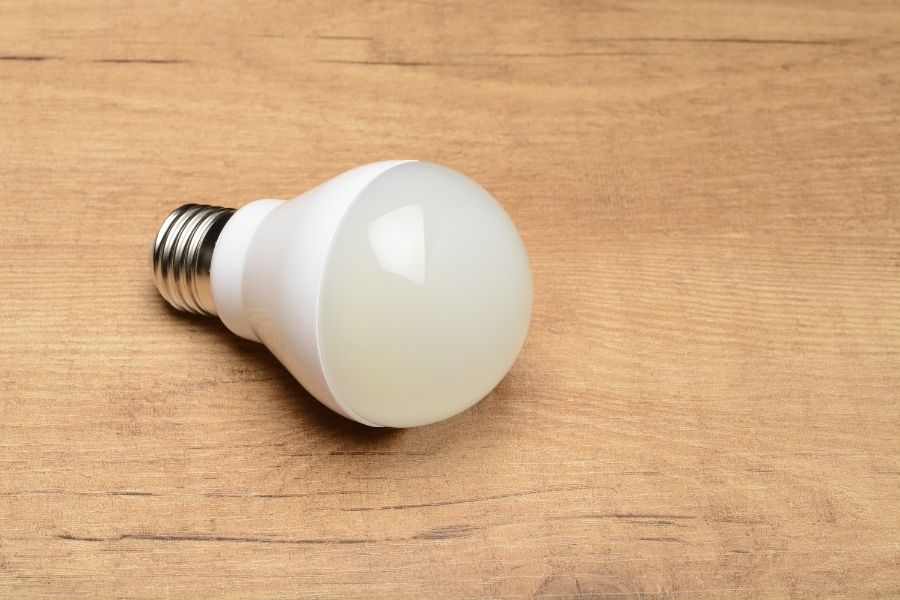The different types of varieties of lights present in the market make choosing the right one confusing and difficult. If you are in the same boat and cannot decide between induction lighting vs LEDs, we have you covered. Read to know more and make an informed choice!

Induction Lighting: An Introduction
Induction lights are similar to fluorescent bulbs and create light by using an electromagnetic field to set into motion mercury particles combined with inert gas. A potent electromagnet located outside the bulb is responsible for generating illumination in an induction light.

Pros of Induction Lighting
Induction lighting has been around for a long time and that is because there are certain advantages to using it. Here they are:
1. Superior Luminous Efficacy
Induction lights are very efficient at producing light. Barring LED lights, these have superior luminous efficacy than most other types of lights available in the market.
2. No Warmup Time
With no warm-up or restrike time, induction lighting is a great alternative to most lighting options. Induction lights turn on to full brightness instantly and even if you switch them off, they don’t have a prolonged restrike time. This makes them easy to use.
3. Excellent Longevity
Induction lighting has a very long shelf-life and you will not have to change them every year, saving both time and money.
4. Excellent Light Quality
There is no match to the light quality of induction lighting. In fact, this is way superior to most LED lights as well. Induction lamps have the strongest S/P ratio compared to other lighting sources making them one of the most efficient lighting technologies.
Cons of Induction Lighting
Though induction lighting offers a number of advantages that makes it one of the most popular lighting options out there, here are a few disadvantages you must be aware of:
1. High Initial Investment
Induction lights are slightly heavy on the pocket and though they offer an excellent return on investment in terms of their longevity, they will still set you back by some money initially.
2. Extreme Temperatures May Be an Issue
Induction lights, though well suited to temperature-controlled environments, can be a problem in places with extreme temperatures i.e. very hot and cold weather. In such conditions, nothing works better than LED lights.
3. Bulky Designs
Induction lighting usually features bulky designs that make them less desirable than other lights. The presence of electromagnetic conductors in induction lights makes the design element bulky. This is especially true when you compare these to LEDs that offer a huge range of design flexibility.
LED Lights: An Introduction
Light emitting diodes, or LEDs as they are commonly called, are lights that run through the flow of electrons in a semiconductor material. When electric charge passes through the conductor, electrons move from the negative to the positive holes, creating light that illuminates areas.

Pros of LED Lighting
LED lights are very common and are deployed in both commercial and residential buildings. Here are some of the advantages of using LED lights that you should be aware of:
1. LEDs Are Energy Efficient
The biggest benefit of using LED lights is that they are energy efficient. As compared to traditional bulbs, LED lights help save at least 80% of energy, which happens to be its USP. The way LED lights work is that they convert 95% of the energy they absorb into lights and the remaining into heat.
To give you an idea of its efficiency, one can easily replace an 84-watt fluorescent or traditional bulb with a 36-watt LED light.
There are two key benefits of this energy efficiency in LED lights. On one hand, these bring down the electricity bills while on the other, they are helpful in eliminating greenhouse emissions.
2. LEDs Are Safe and Durable
LED lights are a safer alternative than most other lights available in the market. The risk of heat emission is minimal as compared to fluorescent bulbs and other conventional lights that convert the energy into heat. Not only can LED lights operate in low-voltage systems but they also minimize the risk of accidents.
Another factor that makes using LED lights advantageous is their longevity. They have a longer shelf-life than most other lights available on the market. LED lights can go on for over 50,000 hours and sometimes even 100,000 hours, which is significantly higher than fluorescent bulbs.
The best part? When an LED light is about to reach its maximum shelf-life, it doesn’t abruptly stop working but would instead start dimming, giving you an indication that you need to replace it.
3. LED Lights Are Not Toxic
LED lights contain no toxic materials like mercury. This makes their disposition a rather safe option that won’t clog landfills and harm the environment. You save the environmental costs and the hassle of arranging and paying for waste disposal as is the case with other conventional lights. Waste disposal can be cumbersome and make you part with time and money. LED lights spare you that stress.
4. LED Lights Come in a Variety of Designs
The design flexibility makes LED lights a hit among one and all. They come in several shapes and sizes and can fit any building with ease. They can be either placed individually or they can be looped together to form a linear light. The possibilities are actually endless!
5. Turns On Instantly
The biggest advantage of using an LED light is that you don’t have to wait for it to turn on and it would do that almost instantly. Fluorescent bulbs may take time to heat up before they fully turn on. This is especially true in cold weather. With LED Lights, you won’t face any such issues.
Cons of LED Lights
Though LED lights are great, there are certain downsides to using them. Some of these include:
1. High Price
Despite the many advantages of LED lights, those who do not advocate buying and using them because of their high cost. Yes, LED lights are costly than bulbs and set you back by more than 50% than what you will be spending on the traditional lights.
2. Limitations in Color
Another disadvantage of LED lights is that they are unable to create white light. The light they emanate has a bluish tint to it. As your LED light becomes older, the light quality starts deteriorating.
3. Temperature Sensitive
LED lights are sensitive to the temperature of their surroundings and this directly impacts their efficiency. If these are installed in places with high temperatures, their performance and efficiency will be highly impacted. You will be required to provide a heat sink to ensure these lights work at their optimum capacity. This may mean added costs.
4. Flicker
If you do not support your LED lights with a good transformer, you may experience the issue of these lights flickering.
Induction Lighting vs Leds: The Final Verdict?
These two lights are incredibly efficient and have their merits and demerits. Which one you should go for depends on your preferences, budgets and surroundings.
If you want to keep the costs low and still be able to get higher efficiency, go for inducting lights. If you are looking for chic designs and an environment-friendly option, LED lights will be your best bet.

